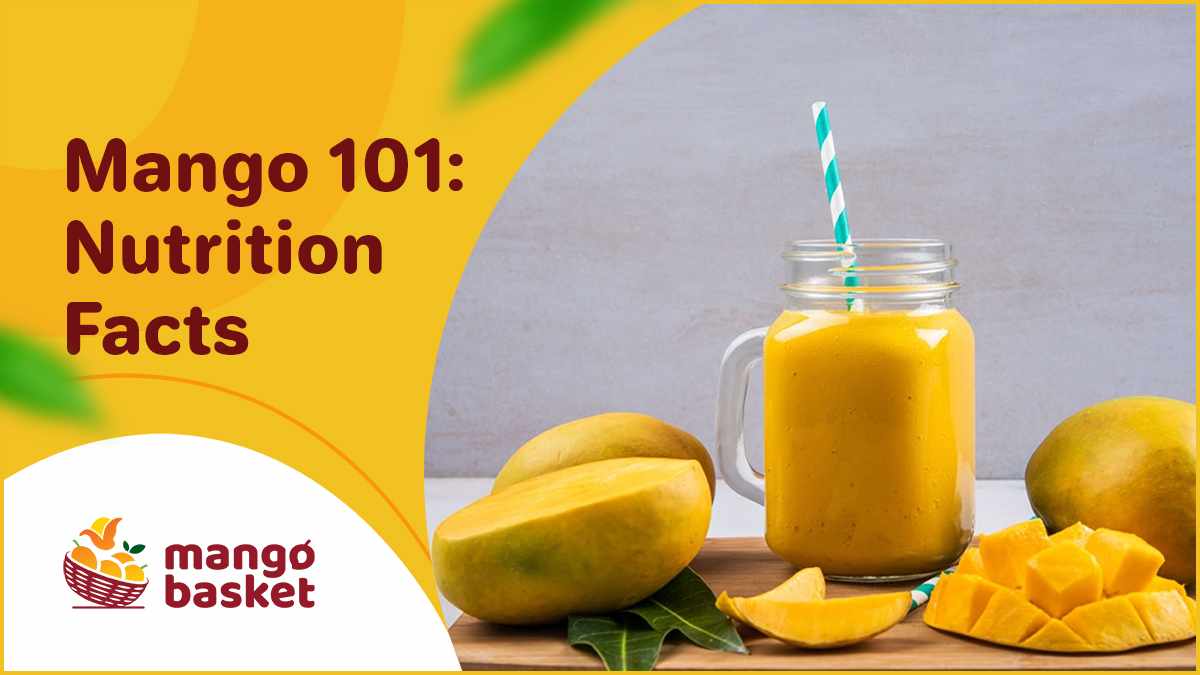How to Eat a Mango?

Mangoes are delicacies enjoyed all over the world. It is probably the most available fruit right after the bananas. And if you are wondering how you can eat a mango, then you are in the right place to know the answer.
It’s quite obvious that you can eat mangoes or any other fruits in numerous ways and you can choose any of the way you would like to eat.
Mangoes are one of the fruits that need warm climatic conditions for proper growth and are therefore mostly grown in South East Asia and other warm regions of the world. Also, they are mostly eaten during the summer season, along with something cold. Well, without wasting any time, let’s start with the main purpose and let’s go through different ways by which you can eat a mango.
How to Eat a Mango?
The different ways to eat a mango
Well, if you don’t know, then there are multiple ways to eat a mango and enjoy its flavor to the best. So, let’s go through them one by one.
Eating the mango raw
This way of eating mangoes is very prominent in the southern regions of India. However, the mango cannot be consumed by itself, as a raw mango can be quite sour. They are cut into slices and then dipped in mixtures of salt and chili powder. Sometimes a few drops of coconut oil are added to this dip to make it more pleasing. It is a common sight to see families enjoying this during summer afternoons in Kerala.
Mango cubes
To enjoy mango cubes:
- Cut the mango in half or one-third.
- After this, make horizontal and vertical cuttings through the flesh making square patterns along the way.
- Do not cut through the skin.
- When you are done with this, try detaching the cubes off the mango with the help of a spoon or a knife.
You can have the cubes directly or with sugar sprinkled on top to add to the taste. It is best to have them at the earliest as they can get spoiled soon if kept open for a while. They can also be included in fruit salads along with bananas, pomegranates, guava, etc.
Mango slices
This is the most common way of eating a mango everywhere on the globe. It makes sense as it’s the easiest of all the methods and doesn’t need any extra additives.
You just have to cut the mango in halves and then cut them again in vertical slices according to the slices you please. Just make sure that the mango is ripe before you do this, as mangoes can get expensive in different parts of the world depending on the seasons. So it would be better not to waste a non-ripe mango.
You can have mango slices in two methods, with and without the skin.
For eating it with the skin, just continue with the slicing method and eat the slices with your hand. Try to stay away from the portion near the skin, as the thick fibers in it can stick to your teeth and make the experience less delightful. You can add these slices to spice up main dishes like fish or chicken curries.
To have it without the skin, it’d be better to peel off the skin either by hand or by a peeler before you start slicing it. This way, it is easier to do the peeling, and the whole procedure becomes less time-consuming. Peeled sliced mangoes can be added to desserts like salads, ice-creams, etc.
Mango Pulp (Aamras)
Pulp from the mangoes is extracted using different techniques. The main idea is to separate the solid juiceless portion of the mango from the liquid juicy portion. These techniques are mostly done in factories that require mango pulp as a raw material for juice or ice-cream production.
Mango Juice
This, on the other hand, is made widely both in-home and in factories (using mango pulp). For this, you just have to peel the mango, make it into slices, add sugar, water, and milk if necessary. Make sure that the water you add is adequate as you wouldn’t want the juice to be too thick. Now add this mixture into a blender and wait for your juice or smoothie to be ready. Either keep it in the fridge for a while or add ice cubes to enjoy at its best. You can also add ice-cream to it to make it even yummier.
Final Words
Well, we have discussed the ways you can enjoy mangoes. S, choose the one you are most comfortable with and go ahead. As these fruits are seasonal fruits, enjoy them while the season lasts. You can use mangoes to make pickles, too, depending on their availability.












Leave a Reply